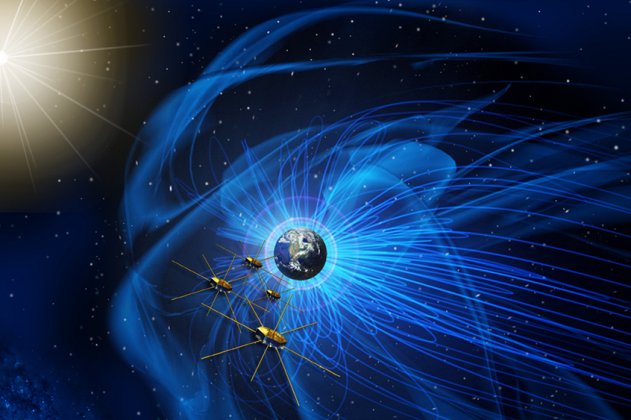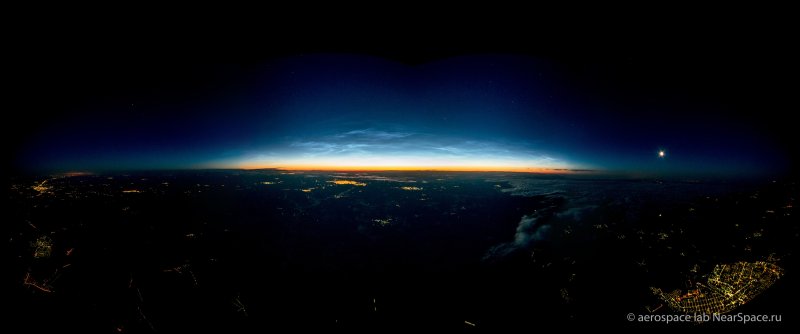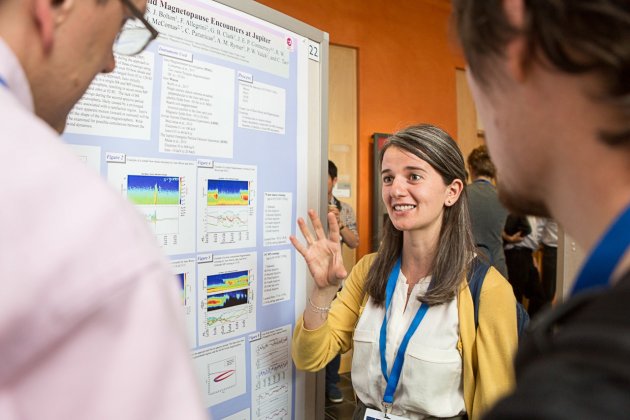IRF in Uppsala
IRF in Uppsala The Swedish Institute of Space Physics in Uppsala is situated at Ångströmlaboratoriet and is integrated width the Institution of Physics and Astronomy at Uppsala University. Central roles Olle Norberg Director General +46 72 581 3394 var em_mt = ‘ma’ +’il’+ ‘to’ + ‘:’; var em0=’o’; var em1=’l’; var em2=’l’; var em3=’e’; var…




